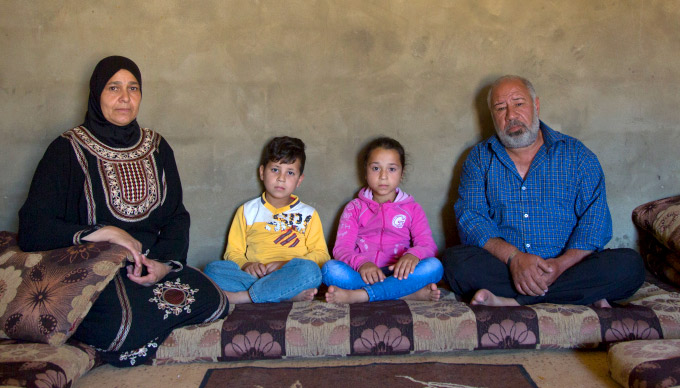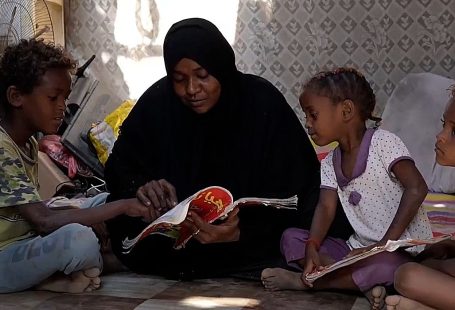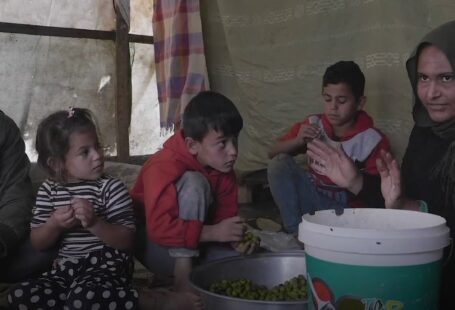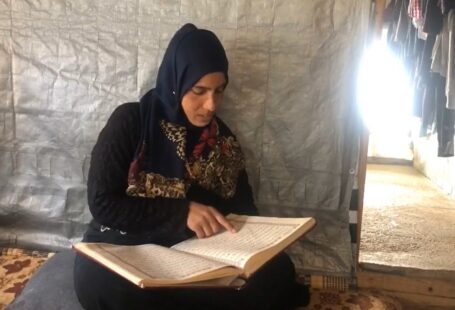In the context of refugee crises, over 50% of refugee and internally displaced families are in debt. After losing their homes and possessions, and exhausting their savings, many are forced to incur debt to survive and pay for shelter, food, medication and education for their children. In addition, the time that many refugees or internally displaced persons (IDPs) spend away from their homes usually spans over years. Take the example of today’s biggest refugee crisis: Syria. The crisis has been ongoing for 8 years. It is near impossible for families to rely on savings for such a long period of time. It is all the more challenging given that job opportunities for refugees are often very limited. This pushes more than the majority of families to rely on debt. In Lebanon, a tragic 90% of Syrian refugee households are in some form of debt. In some cases, refugees were poor even in their own countries, and many families are headed by widowed mothers who are providing for their families and children alone. To give another example, in Yemen, 10% of the cash distributed to eligible families is used to repay debt.
That is why debt is one of the criteria used by UNHCR to assess the level of need and poverty of a family, including the Vulnerability Assessment Framework (VAF) in Jordan. The Refugee Zakat Fund follows VAF to identify eligible families who can receive vital cash assistance.
Finally, it is important to mention in this context the positive social impact that debt repayment has on the lives of the most vulnerable displaced families, as it improves their social networks by allowing them to repay loans borrowed from family, neighbors, and landlords which therefore reduces community and household tensions.











Social Profiles